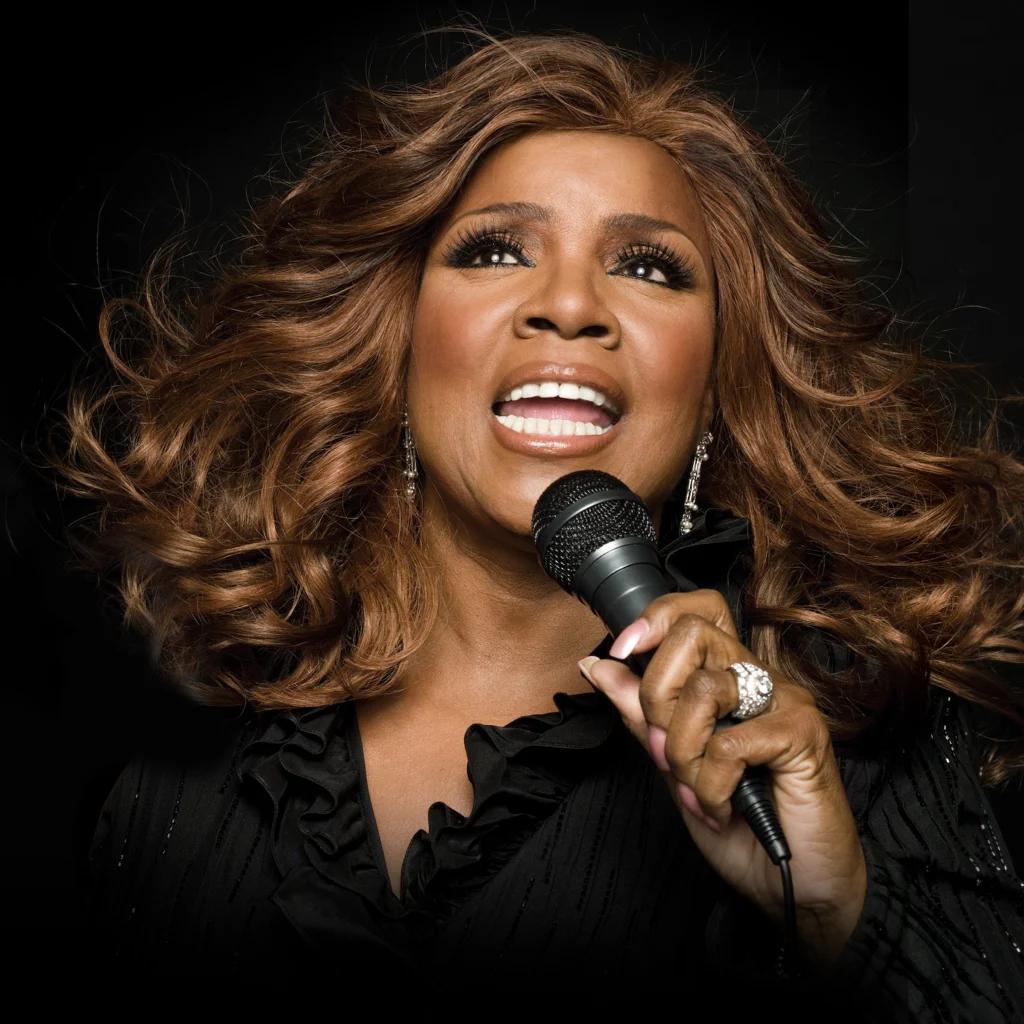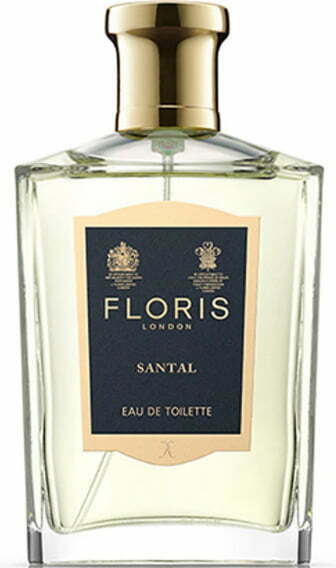GLORIA GAYNOR

Gloria Gaynor (née Fowles; born September 7, 1943) is an American singer, best known for the disco era hits “I Will Survive” (1978), “Let Me Know (I Have a Right)” (1979), “I Am What I Am” (1983), and her version of “Never Can Say Goodbye” (1974). Gaynor was born Gloria Fowles in Newark, New Jersey, to Daniel Fowles and Queenie Mae Proctor. Her grandmother lived nearby and was involved in her upbringing. “There was always music in our house”, Gaynor wrote in her autobiography I Will Survive. She enjoyed listening to the radio, and to records by Nat King Cole and Sarah Vaughan. Her father played the ukulele and guitar and sang professionally in nightclubs with a group called Step ‘n’ Fetchit. Gloria grew up as a tomboy; she had five brothers and one sister. Her brothers sang gospel and formed a quartet with a friend.
Gaynor was not allowed to sing with the all-male group, nor was her younger brother Arthur, as Gloria was a girl and he was too young. Arthur later acted as a tour manager for Gaynor. The family was relatively poor, but Gaynor recalls the house being filled with laughter and happiness, and the dinner table being open to neighborhood friends. They moved to a housing project in 1960, where Gaynor attended South Side High School; she graduated in 1961.
“All through my young life I wanted to sing, although nobody in my family knew it”, Gaynor wrote in her autobiography. Gaynor began singing in a nightclub in Newark, where she was recommended to a local band by a neighbor. After several years of performing in local clubs and along the East Coast, Gaynor began her recording career in 1971 at Columbia Records.
Gaynor was a singer with the Soul Satisfiers, a jazz and R&B music band of the 1960s. She recorded “She’ll Be Sorry/Let Me Go Baby” (for the first time as Gloria Gaynor) in 1965, for Johnny Nash’s “Jocida” label. Her first real success came in 1973 when she was signed to Columbia Records by Clive Davis. The fruit of that was the release of the flop single “Honey Bee”.
Moving on to MGM Records she finally hit with the album Never Can Say Goodbye, released in 1975. The first side of the album consisted of three songs (“Honey Bee”, “Never Can Say Goodbye”, and “Reach Out, I’ll Be There”), with no break between the songs. This 19-minute dance marathon proved to be enormously popular, especially at dance clubs. All three songs were released as singles via radio edits and all of them became hits. The album was instrumental in introducing disco music to the public, “Never Can Say Goodbye” becoming the first song to top Billboard magazine’s dance chart. It was also a hit on the mainstream Pop Charts, peaking at No. 9, and on the R&B Charts, reaching No. 34 (the original version by The Jackson 5 had been a No. 2 hit on the Hot 100 in 1971). It also marked her first significant chart success internationally, making it into the Top 5 in Australia, Canada, Germany and the UK. The song would go on to be certified silver by the British Phonographic Industry, and subsequently gold in the US.
Capitalizing on the success of her first album, Gaynor quickly released her follow-up, Experience Gloria Gaynor, later that same year. Some of her lesser-known singles, due to lack of recurrent airplay—including “Honey Bee” (1974), “Casanova Brown” (1975), and “Let’s Make a Deal” (1976), as well as her cover of the Four Tops’ “Reach Out, I’ll Be There”—became hits in nightclubs and reached the Top 5 on Billboard’s disco charts. Many charted on the Hot 100 and R&B charts as well, with songs like “(If You Want It) Do It Yourself”—a No. 1 disco hit—peaking at No. 98 on the Pop Charts and No. 24 on the R&B Charts. Gaynor’s cover of “How High the Moon” topped the US Dance Charts, and made the lower parts of both the pop and R&B charts, as well as achieving some international chart success. After her 1976 album I’ve Got You, Gaynor shifted from her hit production team to work with other producers. She has recorded some 16 albums since, including one in England, one in Germany, and two in Italy.
During the next few years, Gaynor released two albums Glorious and Gloria Gaynor’s Park Avenue Sound, but would only enjoy a few more moderate hits. However, in late 1978, with the release of her album Love Tracks, she climbed the pop charts again with her smash hit single “I Will Survive”. The lyrics of this song were written from the point of view of a woman, recently dumped, telling her former lover that she can cope without him and does not want anything more to do with him. The song has become something of an anthem of female emancipation. Originally, “I Will Survive” was a B-side when Polydor Records released it in late 1978. The A-side, a song called “Substitute”, then a recent worldwide hit for South African girl-group Clout, was considered more “radio friendly”. It is ranked No. 492 on Rolling Stone’s list of “The 500 Greatest Songs of All Time”, and ranked at No. 97 on Billboard magazine’s “All-Time Hot 100”. In 2000, the song was ranked No. 1 in VH1’s list of the “100 Greatest Dance Songs of All Time” and remains there to this day.
As a disco number, the song was unique for its time by virtue of Gaynor’s having no background singers or lush production. And, unlike her first disco hits, the track was not pitched up to make it faster and to render Gaynor’s recorded voice in a higher register than that in which she actually sang. Most disco hits at the time were heavily produced, with multiple voices, orchestrations, overdubs, and adjustments to pitch and speed.”I Will Survive” had a much sparer and “cleaner” sound. Had it been originally planned and released as an A-side, it would almost certainly have undergone a substantially more heavy-handed remix. In late 1979, she released the album I Have a Right which contained her next disco hit, “Let Me Know (I Have a Right)”, which featured Doc Severinsen of The Tonight Show fame, playing a trumpet solo. Gaynor also recorded a disco song called “Love Is Just a Heartbeat Away” in 1979 for the cult vampire film Nocturna: Granddaughter of Dracula, which featured a number of disco songs.













